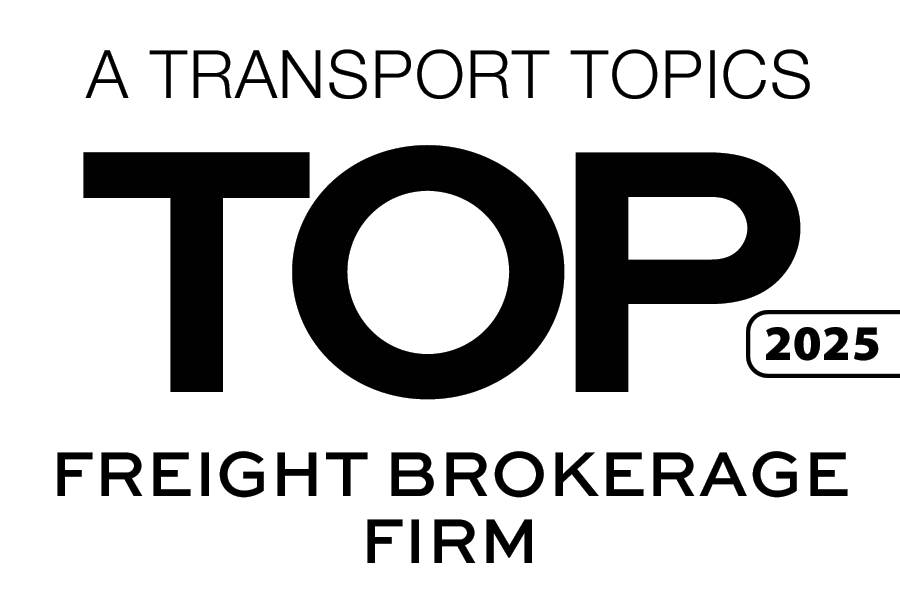Uncertainty in the Supply Chain: Key Trends for 2025
January 7, 2025
 As we move into 2025, the freight transportation industry faces both challenges and opportunities. Recent shifts in consumer behavior, economic indicators, and government policies are creating a complex landscape for carriers, shippers, and other industry stakeholders.
As we move into 2025, the freight transportation industry faces both challenges and opportunities. Recent shifts in consumer behavior, economic indicators, and government policies are creating a complex landscape for carriers, shippers, and other industry stakeholders.
While economic growth has slowed, signs of normalization in consumer behavior and industry operations have begun to emerge. For example, the dramatic swings in goods consumption during the pandemic have given way to more stable patterns. Factory output, while not thriving, shows incremental improvement, and the housing market has seen slight recovery despite fluctuating mortgage rates. These shifts signal a cautious optimism for freight and transportation companies navigating an unpredictable landscape.
“The macroeconomy is slowing down, although it’s been very resilient,” says American Trucking Associations Senior Economist Robert Costello. “No doubt about it, we’re getting some back to normalization with consumers.”
The recent political climate also introduces a complex set of variables. With a new administration taking office, policies such as the renewal of tax cuts could provide short-term benefits for businesses, including the transportation sector. Additionally, a potential slowdown in the introduction of new regulations may create opportunities for companies to allocate resources toward capital expenditures and growth initiatives.
How can freight companies adapt to sudden changes in market conditions? Watch the latest episode of the Stay In Your Lane Podcast for expert analysis of emerging trends.
However, not all developments are likely to be advantageous. The possibility of increased tariffs on imports from key trading partners like Mexico, Canada, and China raises concerns about retaliatory measures and the ripple effects on agricultural exports and other goods. These policies, if implemented, could disrupt trade flows and escalate costs, complicating operations for freight companies already grappling with narrow profit margins.
Broader economic initiatives, such as proposed cuts to government spending, add another layer of complexity. While reducing federal expenditure may appear fiscally prudent, it poses risks of triggering a recession. A proposed $2 trillion cut could slash GDP growth by over 4%, plunging the economy into a downturn.
“If you do a $2 trillion cut, you could get over a 4% reduction in GDP—that’s a recession,” Costello warns.
The freight industry, closely tied to overall economic performance, would inevitably feel the impact through reduced demand and strained resources. Moreover, potential actions like mass deportations could significantly disrupt sectors like construction, where undocumented workers comprise a substantial portion of the workforce, further destabilizing economic activity.
 Carrier attrition remains a key area of focus within the freight sector. Data from FMCSA on carrier authorizations and revocations, employment statistics for drivers, and trends in equipment purchases paint a complex picture. While the supply of carriers has undoubtedly decreased, demand has yet to rebound sufficiently to restore balance. This discrepancy underscores the delicate equilibrium the industry must achieve. Factors such as the struggling used truck market and lenders’ reluctance to repossess undervalued equipment have provided a buffer, preventing even more widespread closures. Nonetheless, the industry could face a sudden tightening of capacity as demand eventually rises, underscoring the importance of vigilance and adaptability.
Carrier attrition remains a key area of focus within the freight sector. Data from FMCSA on carrier authorizations and revocations, employment statistics for drivers, and trends in equipment purchases paint a complex picture. While the supply of carriers has undoubtedly decreased, demand has yet to rebound sufficiently to restore balance. This discrepancy underscores the delicate equilibrium the industry must achieve. Factors such as the struggling used truck market and lenders’ reluctance to repossess undervalued equipment have provided a buffer, preventing even more widespread closures. Nonetheless, the industry could face a sudden tightening of capacity as demand eventually rises, underscoring the importance of vigilance and adaptability.
Overall, the freight economy’s fundamentals are improving but remain far from robust. Businesses must carefully monitor both policy developments and economic indicators to navigate the evolving landscape. Balancing optimism with caution, companies can prepare for potential challenges while seizing opportunities to thrive in an increasingly competitive market.
“The fundamentals of the freight economy are getting better—back to normal,” says Costello. “Not great, but sort of back to normal.”
Navigating the complexities of the freight industry requires more than just resilience—it demands strategic partnerships and innovative solutions. As the freight economy continues to stabilize and evolve, businesses must remain vigilant in adapting to policy changes, market dynamics, and emerging opportunities. Triple T Transport stands ready to support our partners through these challenges, offering expert 3PL services to keep supply chains efficient and adaptable.














